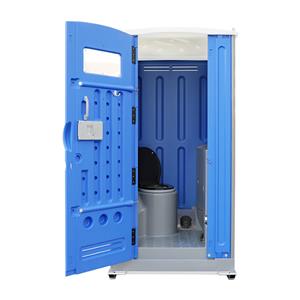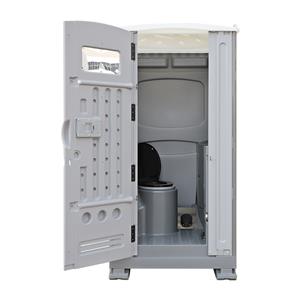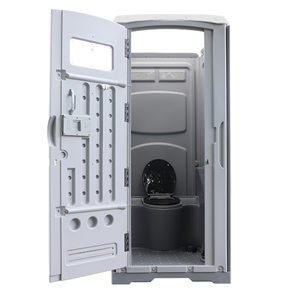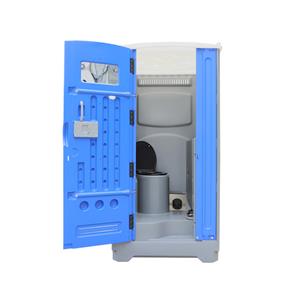How Does a Portable Shower Work?
What Exactly Is a Portable Shower?A portable shower is a self-contained showering system designed for use in locations without traditional plumbing. They offer a convenient way to maintain hygiene in remote areas, during outdoor activities, or in emergency situations. Think of it as a shower-in-a-box – providing a private space to wash up, complete with water supply and drainage.
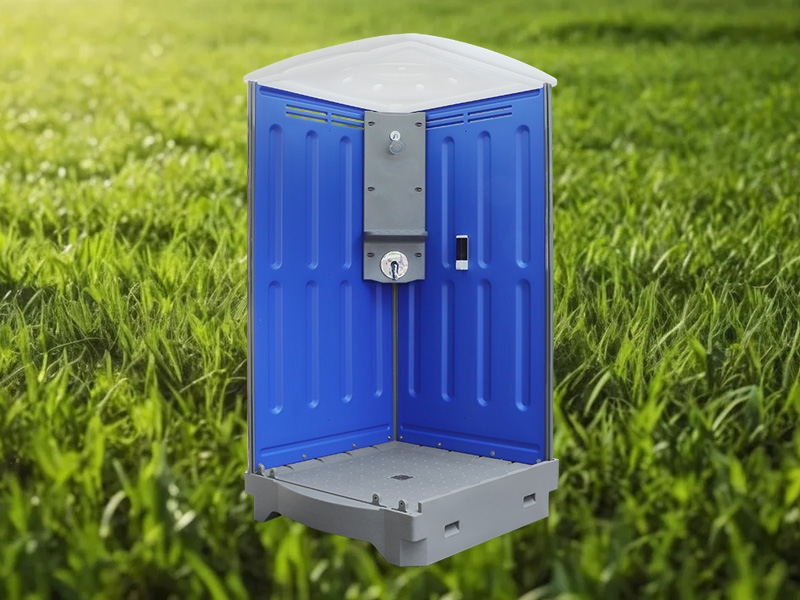
The Key Components of a Portable Shower
These units are more sophisticated than just a bucket and a dipper! Here's a simplified look at the main parts:
Enclosure: Usually a lightweight, easily assembled frame with waterproof walls. This provides privacy and prevents water from splashing everywhere. You might see this as a portable shower booth.
Water Source: This could be a built-in water tank that you fill manually, or a connection to a water hose for a continuous supply.
Water Pump: If the shower uses a tank, a small electric pump pushes the water from the tank to the showerhead.
Showerhead: Sprays the water for a refreshing wash.
Drainage System: Collects the used water and directs it to a holding tank or a drain hose. Some units have a recirculating system, which we'll discuss later.
Power Source: Typically, the pump and any heating elements (if included) require electricity, often from a standard wall outlet or a battery.
Power Up: Plug in the unit or connect the battery.
Showering: Turn on the pump (and heater if applicable) and adjust the water flow and temperature. Enjoy your shower!
Drainage: The used water drains into the collection system.
Disposal: Once the holding tank is full, you'll need to empty it responsibly, usually at a designated disposal point.
Gravity-Fed Showers: These rely on gravity to provide water pressure. You hang a water bag above your head, and the water flows down through the showerhead. Simple and affordable, ideal for camping.
Electric Pump Showers: Use an electric pump to create water pressure. More powerful than gravity-fed showers, suitable for a wider range of applications. Many outdoor portable showers falls into this category.
Solar Showers: Use the sun's energy to heat the water in a bag or tank. Environmentally friendly and great for outdoor use.
Recirculating Showers: These showers conserve water by filtering and reusing the water. They're more complex and expensive but can be a great option where water is scarce.
Emergency Showers: Pre-assembled to use in case of any emergency.
Home friendly: An easy temporary hygiene solution for houses, like home portable showers.
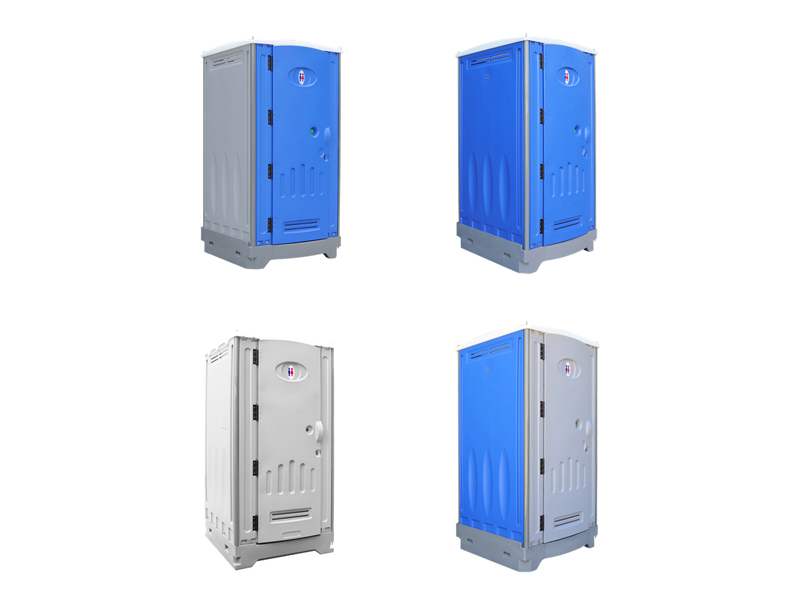
Considerations for Procurement Officers
When selecting portable showers for your organization, keep these points in mind:
Intended Use: Where and how will the showers be used? This will determine the required features, capacity, and durability.
Power Requirements: Ensure you have a suitable power source for the unit.
Ease of Setup and Use: Look for units that are easy to assemble, operate, and maintain.
Durability and Weather Resistance: Choose units that can withstand the elements.
Hygiene and Sanitation: Ensure the unit is easy to clean and disinfect.
Compliance: Check for any relevant safety or environmental regulations.
Waste Disposal: Ensure the outdoor movable bathroom has a plan for proper disposal of wastewater.

